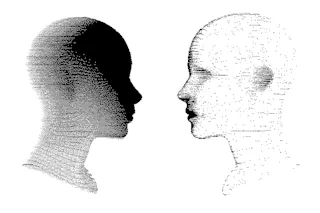An individual’s personality can often shine in short texts and emails. The same also seems to be true of Large Language Model AI systems like Bard, ChatGPT and others. Hundreds of millions of people have discovered that in short conversations, these AI systems can come across as authoritative, sometimes as arrogant and occasionally as deranged.
And that raises an interesting question: is it possible to reliably measure the characteristics of these AI personalities and then modify them in a way that promotes certain personality traits over others? In other words, can you control the personality of an AI system?
Now we get an answer thanks to the work of Mustafa Safdari, Aleksandra Faust and Maja Mataric at Google Deepmind and colleagues, who have developed the AI equivalent of a psychometric test to measure personality traits in Large Language Models. They say that certain kinds of Large Language Models, particularly larger ...














